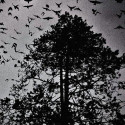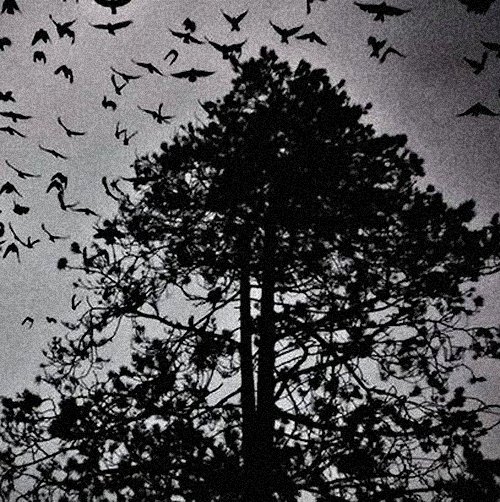Lanreath. MATTHEW SHAW
(Apollolaan 2011)
Seatown. MATTHEW SHAW
(Siren Wire 2012)
These two releases by Matthew Shaw, the man behind Apollolaan Recordings, share a common denominator. They are both composed using field recordings of a very site specific nature, and each work is an exploration of a very English subject and its relationship to man.
Lanreath is a small village in Cornwall with a shop, a pub and several beautiful old buildings. It is close to the Duloe stone circle which is dated at around 2000BC. The stone circles in Cornwall are generally made from granite, but Duloe is composed of eight glittering quartz stones. A Bronze Age ribbon handled urn was discovered there which contained cremated human bone. These facts help to place Lanreath within a framework of time. During the week in which Shaw recorded Lanreath he made an excursion to Duloe “for inspiration (and whatever else unknown and unseen) that may have influenced of affected the sounds and recording process”.
The cover photograph shows birds taking to the air from a lonely tree that stands against a brooding sky. This brings to mind the English countryside as captured on film by Michael Reeves in Whichfinder General and Piers Haggard in Blood on Satan’s Claw. A very physical countryside that can change like the weather from gently rolling hills, rustling trees and wild flowers to fog ridden valleys, clawing thorns and the cry of rooks carried on the wind. In this age of reason the stone circle and the village church stand testament to man’s desire to make some sense out of his place in this landscape generation after generation.
Made from field recordings captured in the village itself, the thread that constantly runs through the piece, occasionally moving into the absolute foreground so that it feels as if they are entering the room, is the sound of birds. They are effectively a connection between the past and the present. One imagines the sound of birds in the trees has always sounded the same. The denizens of Cornwall that placed the unhewn quartz stones of Duloe in a circle must have heard the same birdsong.
The music that overarches (or underpins – depending on your point of view) the sounds gathered from the village of Lanreath rises and falls like mist in bracken. There is a yearning melancholy in the plaintive, sometimes almost choral tones. Distant ancestral voices. Both mysterious and ominous, hinting that a pagan past lies thinly veiled beneath our English chocolate-box villages where the bankers have their second homes.
Seatown is by no means a town. It is a tiny hamlet south of Chideock on the coast of Dorset, the word ‘town’ being an Anglo Saxon suffix that simply meant farm. A hundred and fifty years ago Seatown would have been a larger settlement. Probably thirty or forty fishermen lived in the village.
As is so often the case, the rocky coastline and the remoteness of the location leant itself to smuggling, a bit of extra income for the fishermen at the Crown’s expense. Contraband from French ships would be brought ashore and spirited away in the dead of night over the shingle and rocks. Often the ruined chapel of Stanton St. Gabriel was used as a holding house.
The sound of the waves and the wind dominate Seatown. Its history of smuggling creates in the mind a world enshrouded in sea mist, remote in the night and subject to the will of the ocean. This sea sounds cold and dark, a place where lives have been lost and where great dramas have been played out.
The sound of bowed guitar that Shaw uses in layers along with the phonography suggests sirens, warning signals, fog horns reaching out over the buffeting waves. At times the music recurs like the revolving beam of a lighthouse, illuminating the scene for a brief moment and then passing away into darkness again until the cycle is repeated.
Both Lanreath and Seatown display Matthew Shaw’s connection with the English landscape, both physical and temporal. As well as being concerned with providing listeners with a soundscape specific to place and time (in the sense that all the sounds were gathered recently, presumably on digital equipment) careful choice and artistic restraint enables these works to render time porous. The notion that the land and the sea will always be there, and that man builds settlements in the clefts of the hills and at the very edge of the cliffs which are, in the scale of geological time, very temporary, is what I draw from these recordings. They concern our place in the landscape as individual human beings.
-Chris Whitehead




Leave a Reply